

Articles
How Do Chimney Cleaning Logs Work
Modified: February 24, 2024
Discover how chimney cleaning logs work in this informative article. Learn how these logs help to remove creosote buildup and improve chimney efficiency.
(Many of the links in this article redirect to a specific reviewed product. Your purchase of these products through affiliate links helps to generate commission for Storables.com, at no extra cost. Learn more)
Introduction
Chimneys are an essential part of any home with a fireplace, providing warmth and ambiance during the colder months. However, over time, chimneys can accumulate a buildup of creosote, soot, and other debris. This not only reduces the efficiency of the fireplace but also poses potential fire hazards. To tackle this issue, chimney cleaning logs have emerged as a popular solution.
In this article, we will delve into how chimney cleaning logs work and the benefits they offer. We will also discuss precautions and safety measures to ensure a smooth and hazard-free cleaning process.
Key Takeaways:
- Chimney cleaning logs use active ingredients like potassium salts and copper sulfate to break down creosote and soot, reducing fire hazards and improving fireplace efficiency. However, they should complement, not replace, professional chimney inspections and cleanings.
- Incorporating chimney cleaning logs into your maintenance routine offers benefits such as cost-effectiveness, convenience, and environmental friendliness. Remember to follow safety measures, dispose of ashes properly, and consider alternative cleaning methods based on your chimney’s specific needs.
Read also: 8 Incredible Chimney Cleaning Logs For 2024
How Chimneys Get Dirty
Chimneys become dirty due to the natural byproducts of burning wood, which include soot and creosote. Soot is a black, powdery substance that forms when wood or other organic matter is incompletely burned. It tends to accumulate on the walls of the chimney and fireplace. Creosote, on the other hand, is a sticky, tar-like substance that forms from the condensation of gases and smoke. It can be brown or black and is highly flammable.
Some factors contribute to the buildup of dirt in chimneys, including the type of wood burned, the frequency of fireplace use, and the condition of the chimney itself. Burning wet or unseasoned wood can lead to more creosote and soot accumulation as it produces more water vapor and incomplete combustion. Regular use of the fireplace without proper cleaning can also lead to an increase in dirt buildup.
If left unattended, the accumulation of soot and creosote can restrict airflow in the chimney, decreasing its efficiency and causing smoke to flow back into the house. Moreover, the high flammability of creosote poses a significant fire hazard. For these reasons, regular chimney cleaning is crucial to maintain the safety and performance of the fireplace.
Explanation of Chimney Cleaning Logs
Chimney cleaning logs, also known as chimney sweeping logs or chimney sweep logs, are specially formulated logs designed to help remove creosote and soot buildup from the chimney. These logs are made from a blend of natural materials and chemicals that aid in breaking down the dirt and facilitating its removal.
The logs work by releasing a combination of active ingredients when burned in the fireplace. These ingredients typically include potassium salts, copper sulfate, and other catalytic agents. When heated, these substances produce a chemical reaction that helps break down the creosote and soot deposits into loose, powdery ash.
One important thing to note is that chimney cleaning logs are not a substitute for professional chimney cleaning. While they can help reduce the accumulation of dirt, they are not capable of removing all types of creosote buildup. Therefore, it is still recommended to have your chimney professionally cleaned and inspected on a regular basis.
Chimney cleaning logs are easy to use. Simply place the log on the fire grate, light it according to the manufacturer’s instructions, and let it burn for the specified time. The active ingredients will undergo a chemical reaction during the burning process, causing the creosote and soot to become looser and easier to remove.
After burning the chimney cleaning log, it is essential to perform a thorough chimney sweeping to remove the loosened debris. This can be done using a chimney brush or by hiring a professional chimney sweep. Regular maintenance and cleaning, along with the use of chimney cleaning logs, can help keep your chimney in good condition and reduce the risk of fire hazards.
Active Ingredients in Chimney Cleaning Logs
Chimney cleaning logs contain a combination of active ingredients that help break down and remove creosote and soot deposits from the chimney. These ingredients work together to effectively clean the chimney and improve its overall performance. Here are some commonly found active ingredients in chimney cleaning logs:
- Potassium Salts: Potassium salts, such as potassium hydroxide, are often used in chimney cleaning logs. These salts aid in the combustion process and help break down the creosote buildup. They have alkaline properties that can neutralize the acidity of the creosote, making it easier to remove.
- Copper Sulfate: Copper sulfate is another common ingredient found in chimney cleaning logs. It has bactericidal properties and helps prevent the growth of bacteria and fungi in the chimney. Additionally, copper sulfate can react with the creosote, making it less sticky and more brittle, which facilitates its removal.
- Catalytic Agents: Chimney cleaning logs may also contain catalytic agents that enhance the breakdown of creosote and soot. These agents help speed up the chemical reaction between the active ingredients and the dirt, making the cleaning process more efficient.
- Antioxidants: To prevent the logs from prematurely igniting, antioxidants are often added to stabilize the active ingredients. These compounds help prolong the burning time of the logs, ensuring that the chemical reaction has enough time to break down the deposits.
It is important to read and follow the instructions provided by the manufacturer when using chimney cleaning logs. Different brands may have variations in the active ingredients and their concentrations. Paying attention to the specific instructions will ensure safe and effective use of the logs.
While these active ingredients are generally safe for use in the fireplace, it is essential to take precautions to protect your health. Avoid inhaling the fumes produced by the burning logs, and ensure proper ventilation during the cleaning process. If you have any respiratory conditions or concerns, it is advisable to consult a professional chimney sweep before using chimney cleaning logs.
Remember, chimney cleaning logs are designed to supplement regular chimney cleaning and maintenance. They are not a substitute for professional inspection and cleaning, especially if there is a significant buildup of creosote or if other issues are suspected with the chimney. Regular professional chimney cleanings are crucial for maintaining a safe and efficient fireplace system.
How Chimney Cleaning Logs Work
Chimney cleaning logs work by utilizing a combination of active ingredients to break down and loosen the creosote and soot deposits that accumulate in the chimney. When properly used, these logs can help improve the efficiency, safety, and overall performance of your fireplace. Here’s a breakdown of how chimney cleaning logs work:
1. Burning the Log: To begin the cleaning process, you’ll need to burn the chimney cleaning log in your fireplace. Follow the instructions provided by the manufacturer, as burning times and procedures may vary depending on the specific log you’re using.
2. Release of Active Ingredients: As the log burns, it releases a combination of active ingredients, such as potassium salts and copper sulfate, into the chimney. These substances undergo a chemical reaction when they come into contact with the creosote and soot, making them easier to remove.
3. Softening the Deposits: The active ingredients in the log work to soften the hardened creosote and soot deposits that have built up on the chimney walls. This softening process makes the deposits looser and more brittle, preparing them for removal.
4. Conversion to Loose Ash: As the creosote and soot deposits become softened, they will begin to crumble and turn into loose ash. This transformation makes it easier for the debris to be swept out or vacuumed from the chimney during the cleaning process.
5. Sweeping and Removal: After burning the chimney cleaning log, it is important to perform a thorough chimney sweeping to remove the loosened ash and debris. This can be done using a chimney brush or by hiring a professional chimney sweep. It is crucial to ensure that the chimney is completely cleaned to prevent any blockages or fire hazards.
6. Regular Maintenance: While chimney cleaning logs can be beneficial in reducing creosote and soot buildup, they should not replace regular maintenance and inspection by a professional chimney sweep. It is important to have your chimney inspected annually and cleaned as necessary to maintain its safety and performance.
By using chimney cleaning logs as part of your regular chimney maintenance routine, you can help minimize the risk of chimney fires and ensure the efficient operation of your fireplace. However, it is essential to follow the manufacturer’s instructions, take necessary safety precautions, and seek professional assistance when needed to maintain a clean and safe chimney system.
When using chimney cleaning logs, it’s important to follow the manufacturer’s instructions carefully to ensure safe and effective removal of creosote and other debris from your chimney. Always use the logs in a well-ventilated area and have your chimney inspected regularly by a professional.
Read more: How Do Digital Calipers Work
Benefits of Using Chimney Cleaning Logs
Using chimney cleaning logs as part of your regular chimney maintenance routine offers several benefits that contribute to the overall safety and performance of your fireplace. Here are some key advantages of using chimney cleaning logs:
- Reduces Creosote and Soot Buildup: The active ingredients in chimney cleaning logs help break down and loosen creosote and soot deposits that accumulate in the chimney. By using these logs regularly, you can prevent the buildup of dangerous and flammable substances within the chimney, reducing the risk of chimney fires.
- Improves Chimney Efficiency: When creosote and soot deposits accumulate in the chimney, they restrict the airflow, diminishing the efficiency of your fireplace. By using chimney cleaning logs, you can remove these deposits, allowing air to flow freely and improving the overall performance of your fireplace.
- Enhances Fireplace Safety: Regularly cleaning your chimney with chimney cleaning logs helps ensure that your fireplace operates safely. By removing creosote and soot, you minimize the risk of chimney fires and reduce the chance of smoke or toxic fumes entering your home.
- Facilitates Easier Maintenance: Chimney cleaning logs make the chimney maintenance process more convenient. The active ingredients in the logs break down the deposits, making them easier to remove during sweeping or vacuuming. This saves you time and effort during the cleaning process.
- Cost-Effective Solution: Hiring a professional chimney sweep can be costly, especially for frequent cleanings. Using chimney cleaning logs as a supplementary maintenance tool can help reduce the frequency of professional cleanings, ultimately saving you money in the long run.
- Environmentally Friendly: Most chimney cleaning logs are made from natural materials and contain biodegradable ingredients. Their use can be a greener alternative to chemical-based cleaning products, contributing to a sustainable and eco-friendly fireplace system.
While chimney cleaning logs offer numerous benefits, it is important to note that they should not replace professional chimney inspections and cleanings. Regular maintenance by a professional chimney sweep is still essential to address any underlying issues that may not be solved by using cleaning logs alone.
By incorporating chimney cleaning logs into your chimney maintenance routine and complementing them with professional inspections and cleanings, you can enjoy a safer, more efficient, and longer-lasting fireplace system.
Precautions and Safety Measures
While chimney cleaning logs can be an effective tool for maintaining a clean and safe chimney, it is important to follow certain precautions and safety measures to ensure their proper and safe use. Here are some key guidelines to keep in mind:
- Read and Follow Manufacturer’s Instructions: Before using chimney cleaning logs, carefully read and follow the instructions provided by the manufacturer. Each product may have specific guidelines on how to safely use and burn the logs, including recommended burning times and procedures.
- Use Logs in a Well-Ventilated Area: Ensure that there is proper ventilation in the room when burning chimney cleaning logs. Open windows or doors to allow adequate airflow and avoid the accumulation of smoke or fumes in the living space.
- Protect Yourself: When handling chimney cleaning logs and when the logs are burning, it is important to protect yourself. Wear heat-resistant gloves to protect your hands, and avoid inhaling the fumes produced by the burning logs. If you have any respiratory conditions or concerns, consult a professional chimney sweep before using chimney cleaning logs.
- Never Leave a Burning Log Unattended: It is crucial to never leave a burning chimney cleaning log unattended. Always closely monitor the fire and ensure that it is safely contained within the fireplace.
- Keep a Fire Extinguisher Handy: In case of emergencies, it is recommended to have a fire extinguisher nearby when using chimney cleaning logs. Familiarize yourself with how to use the fire extinguisher properly and ensure it is easily accessible.
- Regularly Inspect Your Chimney: While chimney cleaning logs can help reduce creosote and soot buildup, they should not replace professional inspections. Regularly have your chimney inspected by a professional chimney sweep to identify and address any issues beyond normal maintenance.
- Do Not Overuse Chimney Cleaning Logs: Follow the recommended usage guidelines provided by the manufacturer. Overusing chimney cleaning logs may result in excessive removal of creosote, which can cause damage to the chimney or increase the risk of fire.
- Properly Dispose of Ashes: After burning the chimney cleaning log and performing the necessary cleaning, ensure that the collected ashes are properly disposed of in a metal container. Store the container in a safe outdoor area away from any flammable materials.
By adhering to these precautions and safety measures, you can ensure a safe and effective chimney cleaning process. Remember, if you are unsure or have any concerns, it is always best to consult a professional chimney sweep for guidance and assistance.
Alternative Methods for Chimney Cleaning
While chimney cleaning logs can be a convenient and effective option for maintaining a clean chimney, there are alternative methods available for chimney cleaning. These methods may be suitable for those who prefer different approaches or have specific circumstances that require alternative solutions. Here are some alternative methods for chimney cleaning:
- Professional Chimney Sweep: Hiring a professional chimney sweep is the most comprehensive and recommended method for chimney cleaning. A professional chimney sweep will have the necessary expertise and tools to thoroughly inspect, clean, and maintain your chimney. They can identify any potential issues or hazards and provide targeted solutions.
- Manual Brushing: Manual brushing involves using a chimney brush to physically scrub the chimney walls and remove creosote and soot deposits. This method requires specialized brushes and rods, as well as access to the chimney from the roof or fireplace. Manual brushing is often done by professional chimney sweeps but can also be attempted by homeowners who are comfortable and confident in their abilities.
- Chemical Cleaners: Chemical cleaners designed specifically for chimney cleaning are available in the market. These cleaners are applied to the chimney walls and allowed to work for a specified period before being scrubbed or brushed off. It is essential to carefully follow the instructions provided by the manufacturer when using chemical cleaners and take necessary safety precautions.
- Power Sweeping: Power sweeping involves using specialized equipment, such as rotary brushes, to mechanically clean the chimney. This method is more efficient than manual brushing and can effectively remove creosote and soot deposits. Power sweeping should be done by trained professionals who have the appropriate equipment and expertise.
- Dryer Vent Cleaning Tools: In some cases, homeowners may be able to use dryer vent cleaning tools to remove loose debris from the chimney. These tools typically consist of flexible rods with brush attachments that can be extended into the chimney to dislodge and remove debris. However, it is important to note that this method is not as comprehensive as professional chimney cleaning.
It is crucial to consider the specific needs and condition of your chimney when choosing an alternative method for cleaning. Factors such as the level of creosote buildup, accessibility, and personal comfort with DIY methods should be taken into account. When in doubt, consulting a professional chimney sweep is always advisable to ensure the safety and efficiency of your chimney system.
Remember, regardless of the method chosen, regular maintenance and cleaning of your chimney are important for the safe and effective operation of your fireplace. By addressing creosote and soot buildup promptly, you can prevent chimney fires and ensure optimal performance.
Conclusion
Maintaining a clean and safe chimney is essential for the efficient and safe operation of your fireplace. Chimney cleaning logs can be a convenient and effective tool in your chimney maintenance routine. These specially formulated logs, with their active ingredients and chemical reactions, help break down and remove creosote and soot deposits that accumulate in the chimney.
Using chimney cleaning logs offers several benefits, including reducing creosote buildup, improving chimney efficiency, enhancing fireplace safety, and providing a cost-effective solution. By regularly incorporating chimney cleaning logs into your chimney maintenance routine, you can minimize the risk of chimney fires, improve the performance of your fireplace, and save money by reducing the need for professional cleanings.
However, it is crucial to remember that chimney cleaning logs should not replace professional inspections and cleanings. Regular inspections by a professional chimney sweep are necessary to identify any underlying issues or hazards that may require additional attention.
When using chimney cleaning logs, it is important to read and follow the manufacturer’s instructions, ensure proper ventilation, protect yourself with gloves and avoid inhaling fumes, and never leave a burning log unattended. It is also essential to dispose of the ashes properly and take necessary precautions to ensure the safety of your chimney and home.
Alternative methods for chimney cleaning, such as professional chimney sweeps, manual brushing, chemical cleaners, power sweeping, and dryer vent cleaning tools, can be considered based on individual preferences and specific circumstances.
In conclusion, chimney cleaning logs offer a convenient and effective solution for maintaining a clean and safe chimney. By using these logs in conjunction with regular professional inspections and cleanings, you can enjoy a well-functioning, efficient, and safer fireplace system for years to come.
Frequently Asked Questions about How Do Chimney Cleaning Logs Work
Was this page helpful?
At Storables.com, we guarantee accurate and reliable information. Our content, validated by Expert Board Contributors, is crafted following stringent Editorial Policies. We're committed to providing you with well-researched, expert-backed insights for all your informational needs.
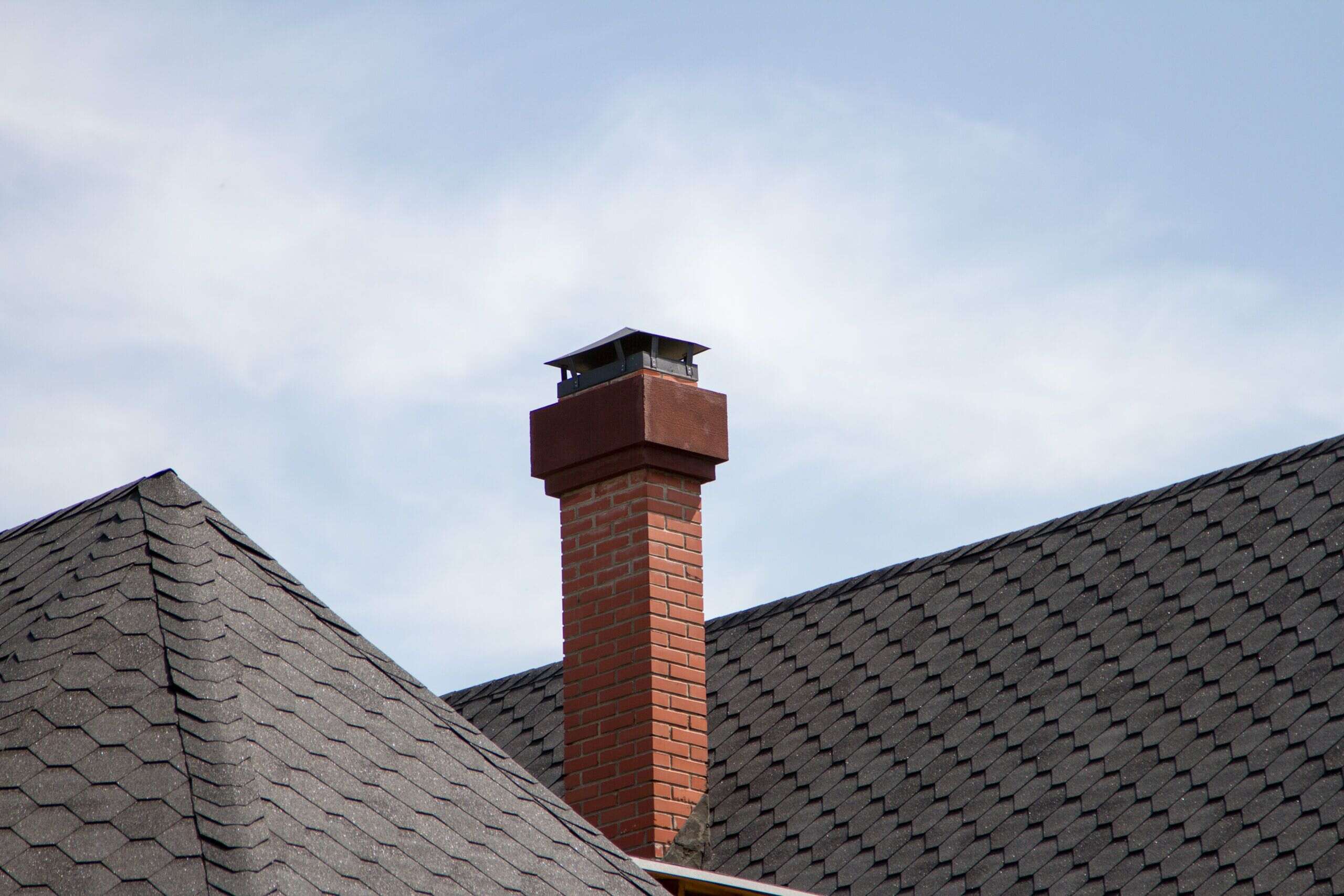

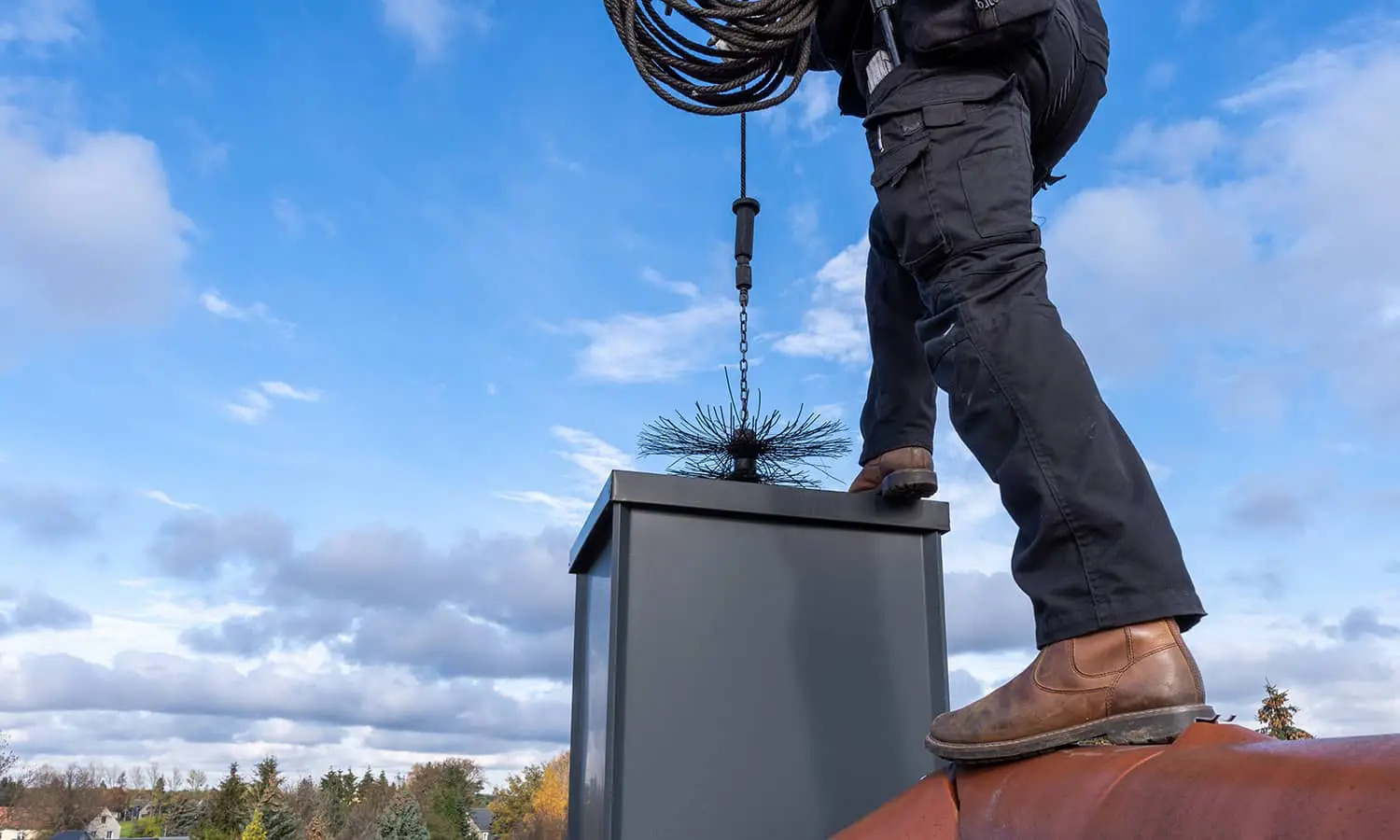
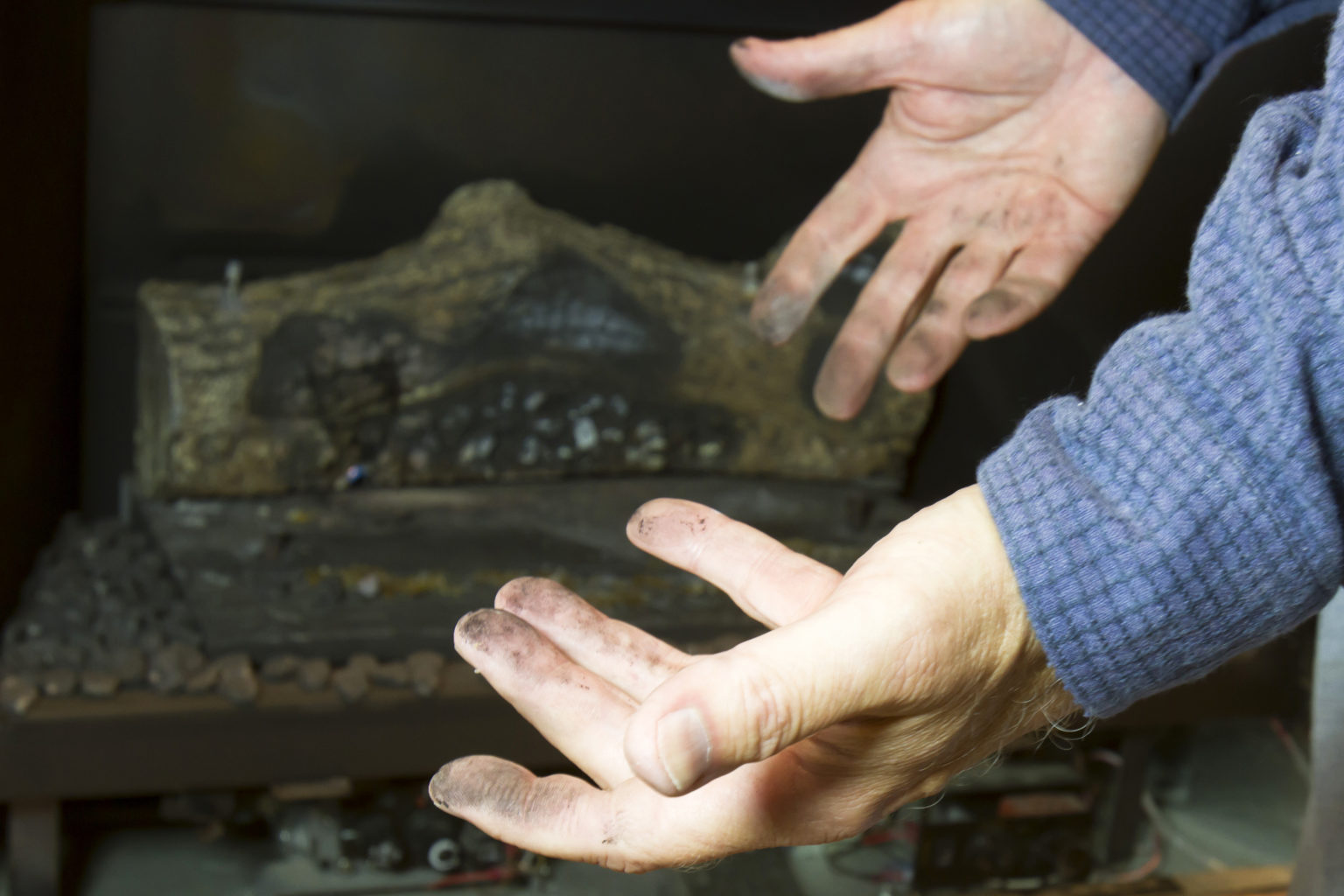
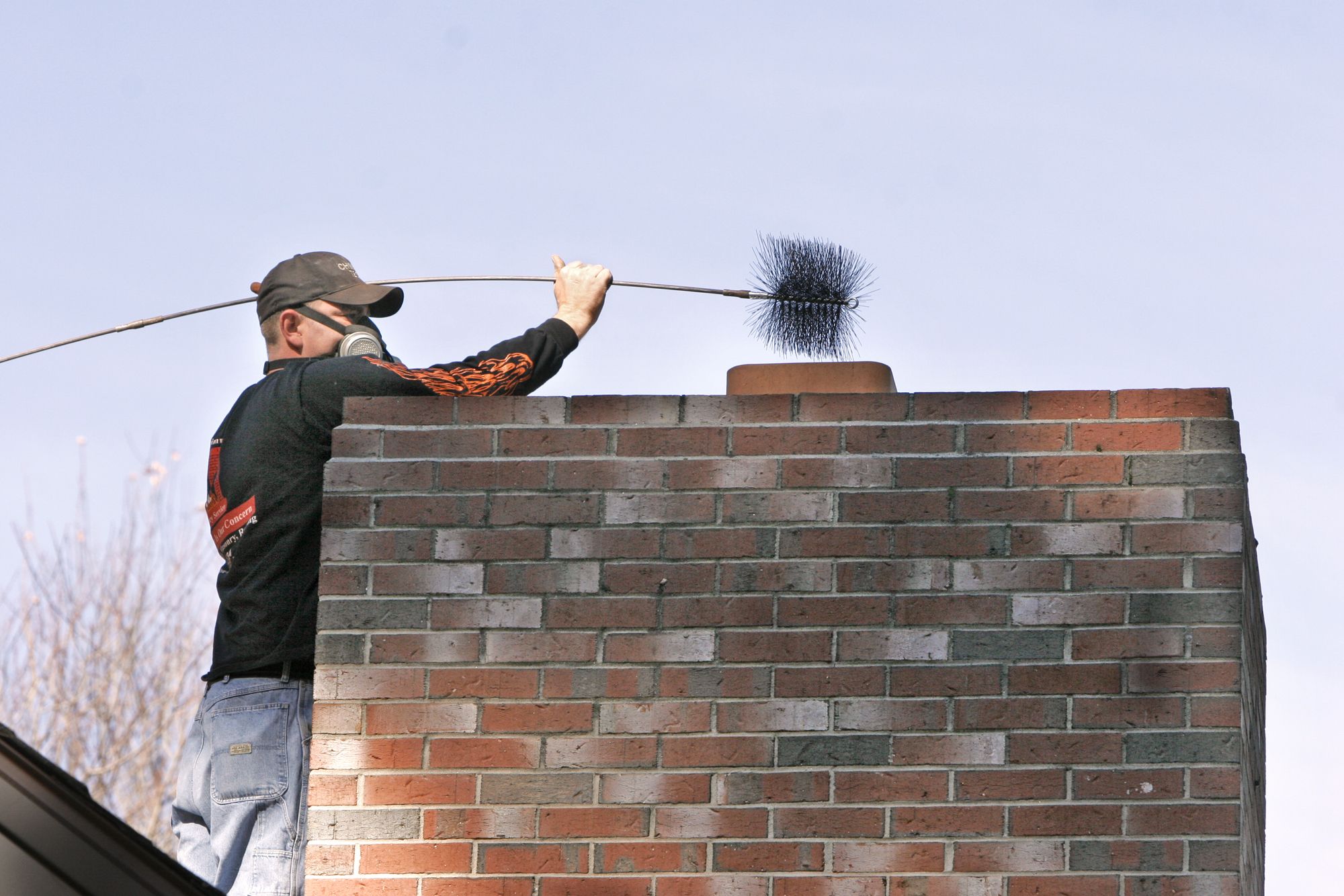
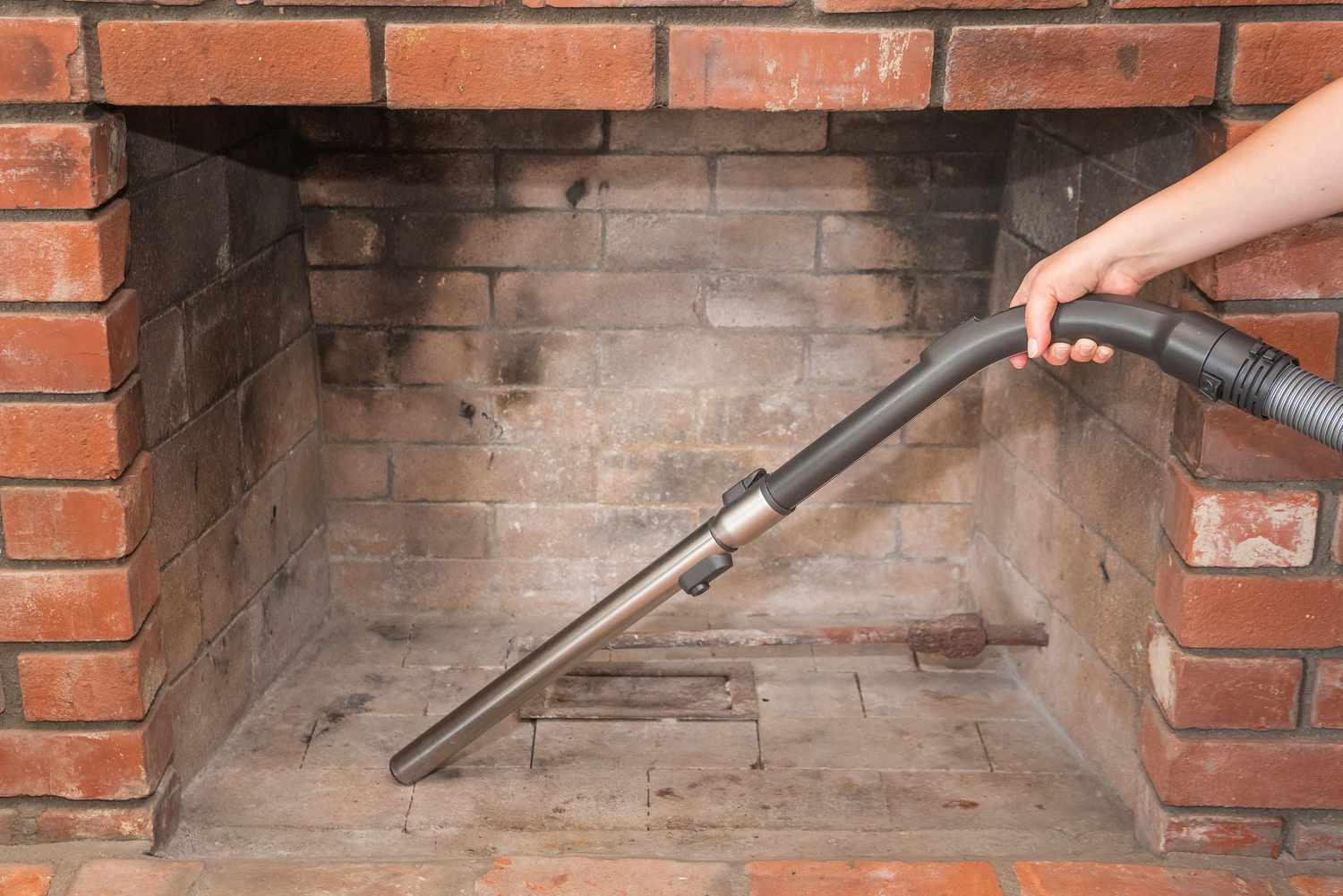
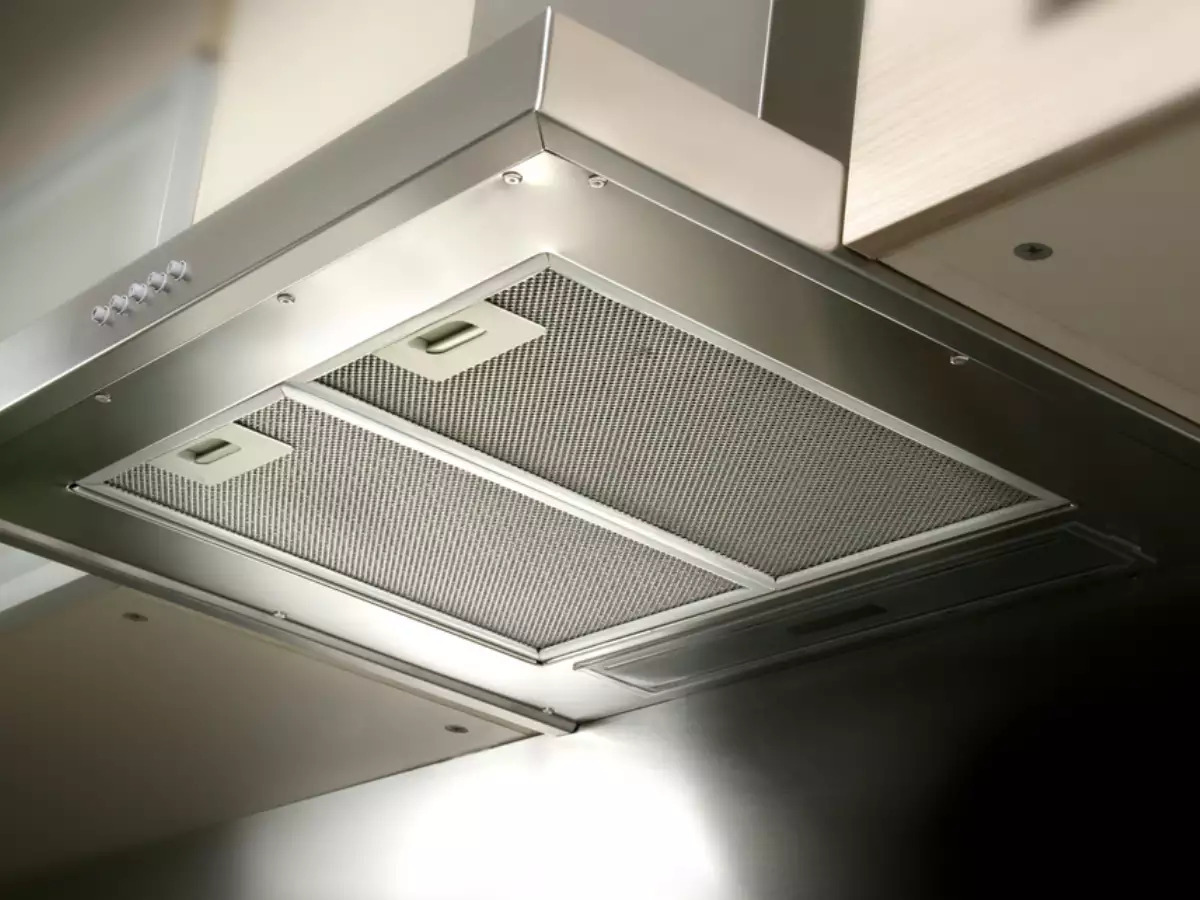
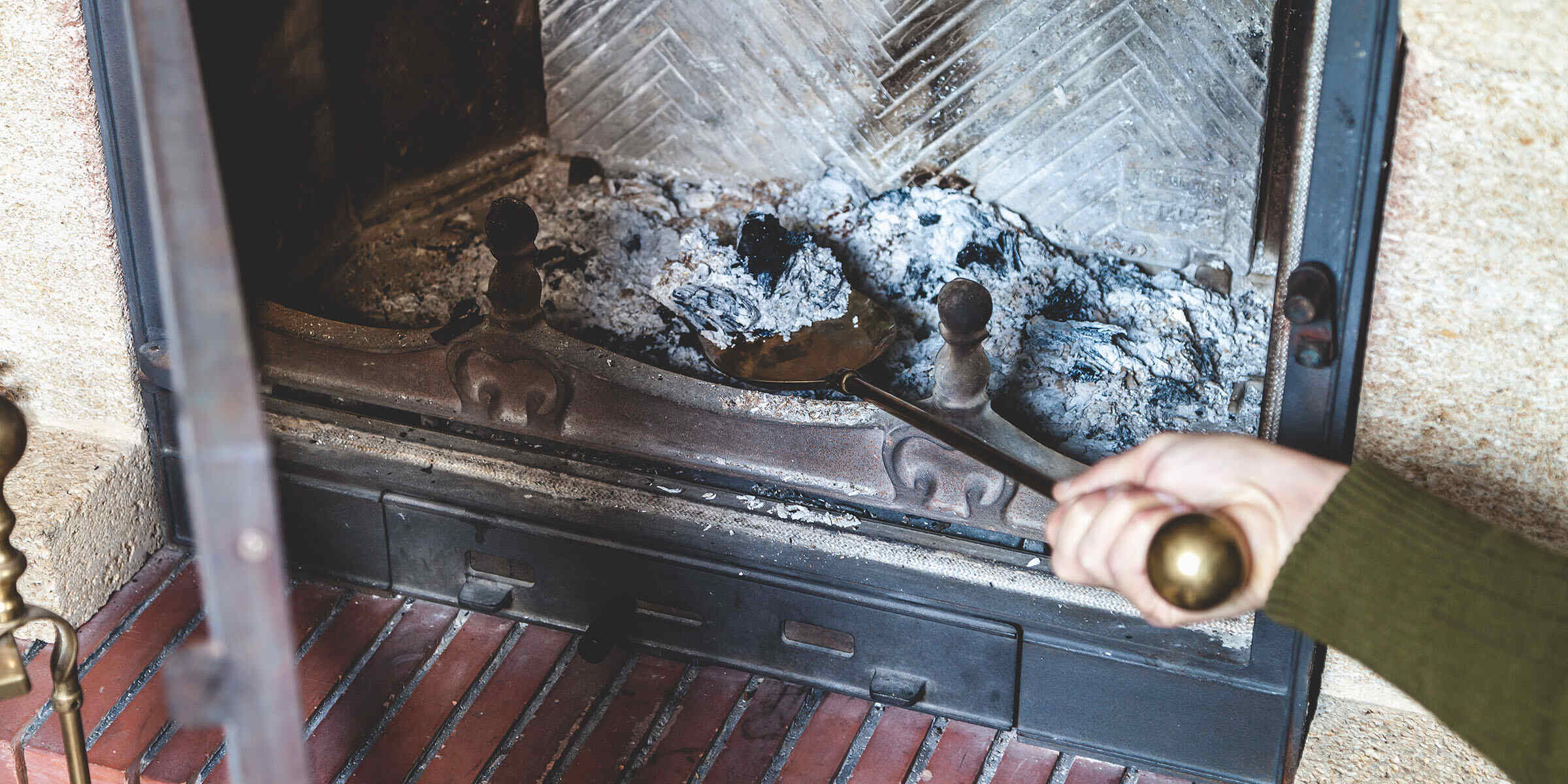
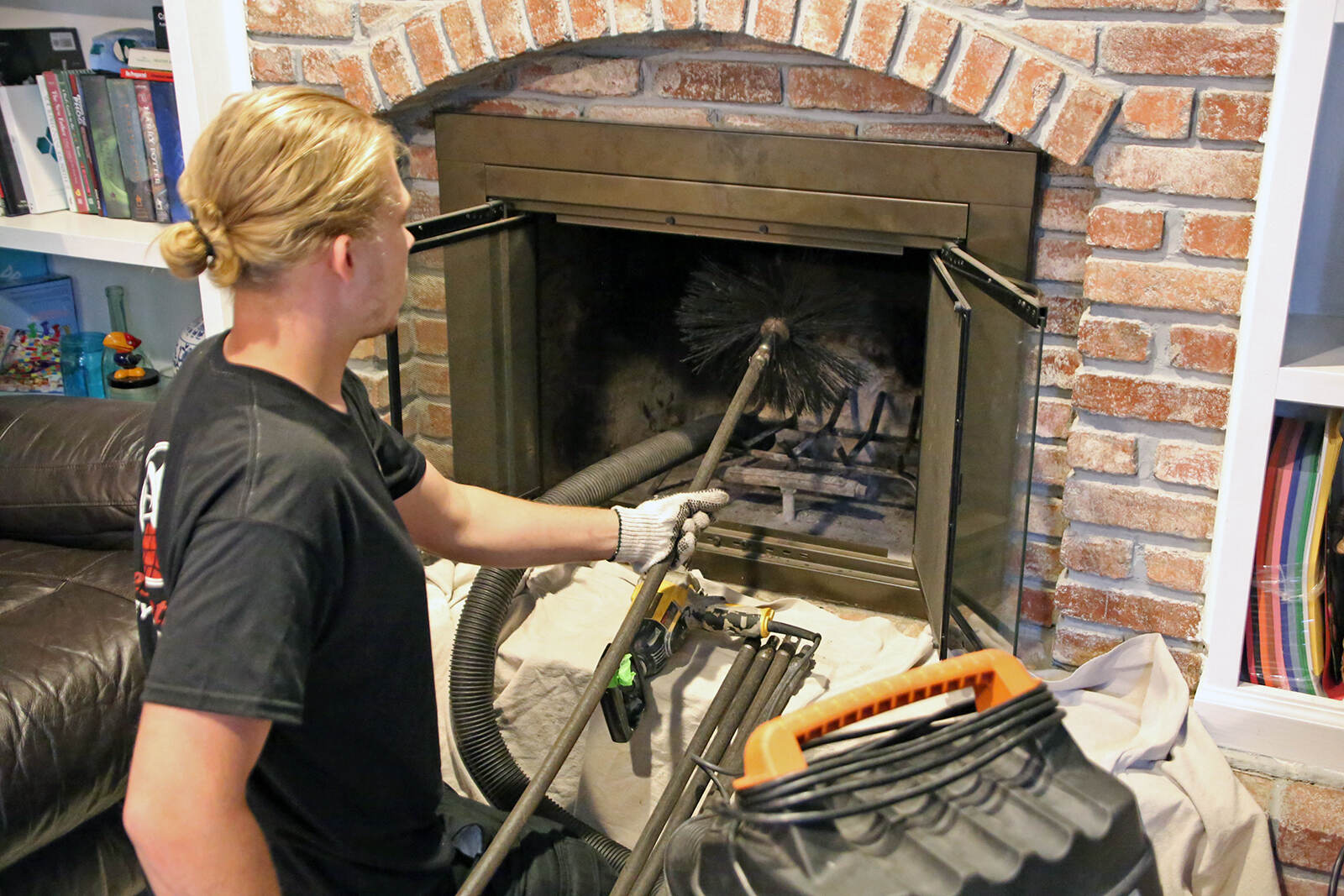



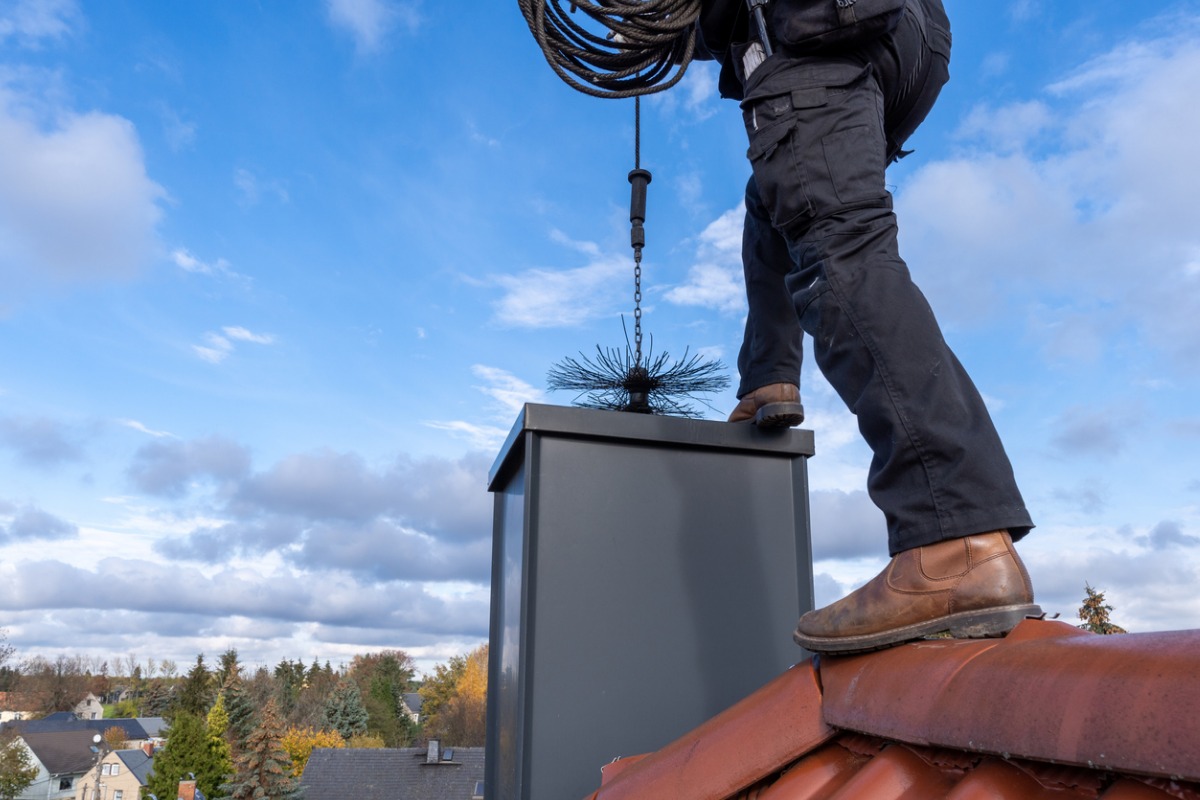
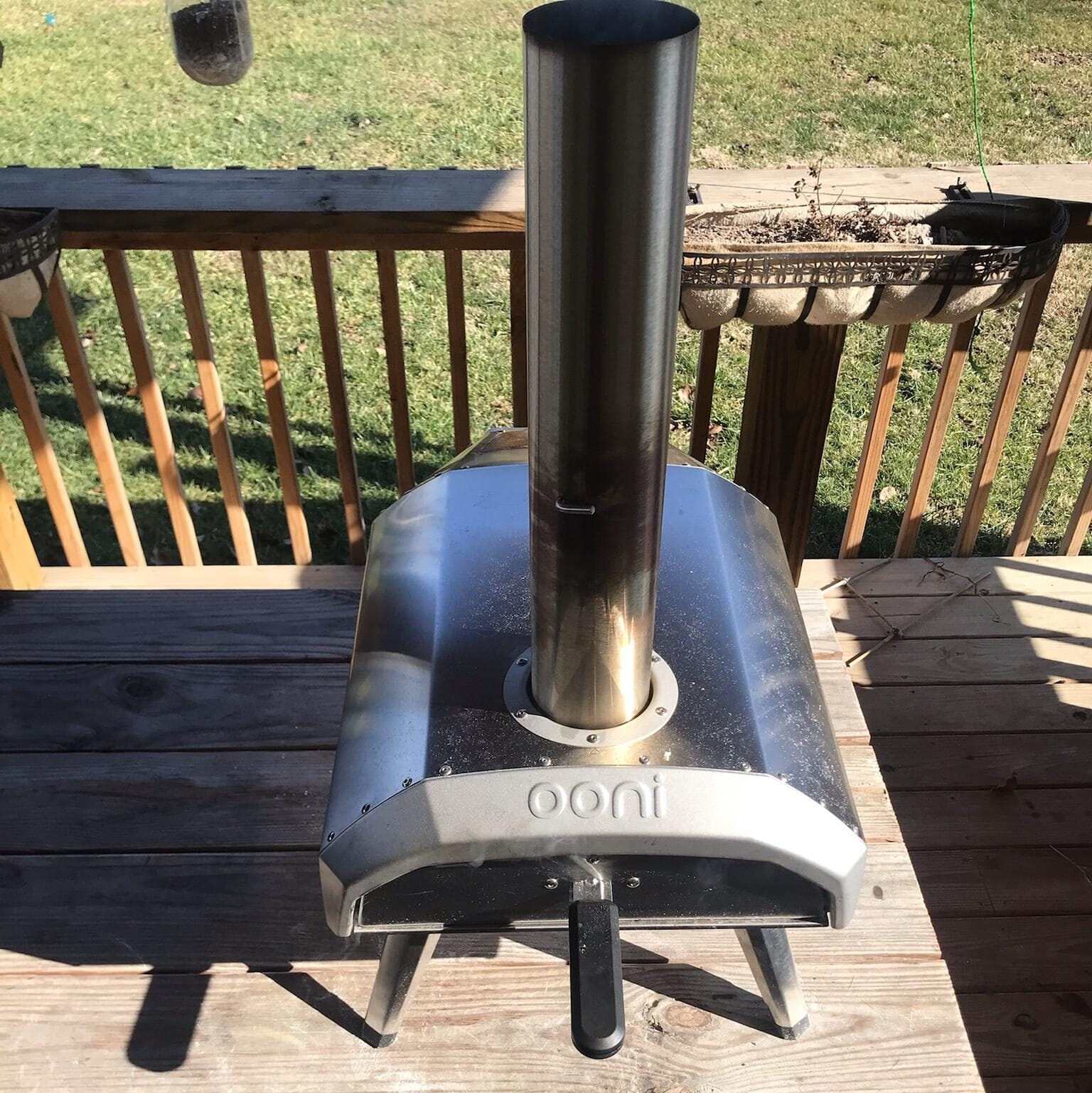

0 thoughts on “How Do Chimney Cleaning Logs Work”